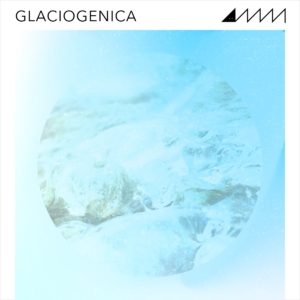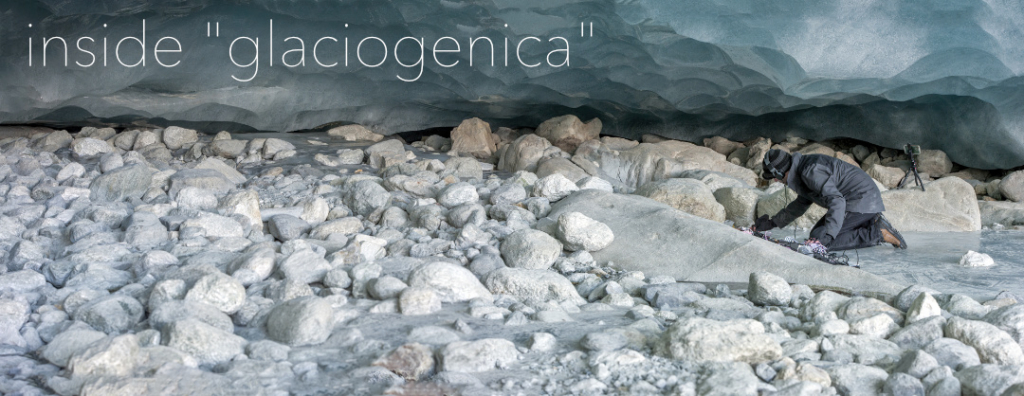
On March 6 2023, Aurélien Buiron – “Ghost In The Loop”, traveled to Switzerland’s Zinal Glacier for the making of his new album “Le Chant de la Glace”. As part of the project, we partnered with him in the creation of the sample pack “Glaciogenica”. We caught up with Aurélien to learn more about this unique undertaking.
Tell us a little bit about the new album and project as a whole – how did the idea of recording in a glacier come together and how did you find the process?
My new album, “Le Chant de la Glace,” lies at the intersection of electronic, ambient, and experimental music. Its distinctive feature is that it was partially recorded live in the heart of the Zinal Glacier in the Swiss Alps.
I harnessed the raw, natural sounds of the glacier using contact microphones and hydrophones, creating an immersive and unique sonic backdrop. Meanwhile, another portion of the sounds was synthesized on the spot within the glacier using my modular synthesizer, resulting in a unique form of synthesis that I could later manipulate in post-production to complement arrangements or compose new pieces.
The idea to record within a glacier struck me after releasing my previous album, “Cold Space Symmetry / Ambient Rework” (On Mare Nostrum Label) which was recorded and improvised live at the IRAM millimeter-wave observatory in the French Alps.
Such projects demand significant preparation and planning. Thus, following the release of that album, I immediately embarked on the search for a new location for my next release. After some research, I stumbled upon the Zinal Glacier, which I had seen in photos a few years earlier. It felt perfectly suited for this new recording project amidst the ancient ice.
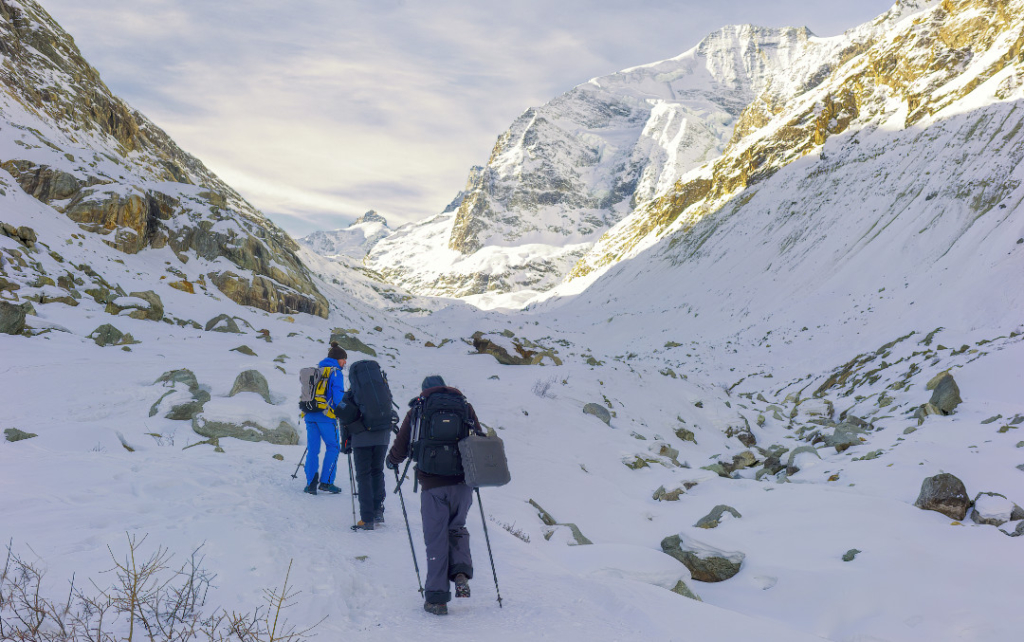
This project is also a little different in that you’re also releasing a sample pack with us. Did this change your approach in any way, knowing you needed both original music and sample content? Did it feel like they were both a natural part of the music making process or did you come across any challenges?
Creating this new album and simultaneously working on the sample pack in collaboration with you required me to learn everything from scratch. I had absolutely no prior experience with recording a glacier or understanding how ice and its environment naturally react. So, I delved deep into research, devouring articles, watching videos, and studying tutorials. I had to invest in a specific pair of microphones to capture sounds in water and through solid ice.
My goal for this album was twofold. First, to record sound samples exclusively for crafting new syntheses using my modular synth or various post-production software derived from the glacier recordings. Secondly, capturing the sounds in the cleanest and most distinct manner possible from the glacier’s environment. These recordings served as the foundation for creating immersive soundscapes that would transport listeners into the heart of the glacier.
To prepare for this, I spent several months practicing in a nearby nature reserve. Even during the winter, there was already some ice beginning to melt, making the site’s activity suitable for me to anticipate the major recording session in the glacier. I honed my techniques and thereby prepared for the challenges I would face on the big day.
It was essential for me to work on both the sample pack and the album simultaneously once the glacier recording sessions were complete. This provided a fantastic opportunity to progress rapidly on both projects, with each one unlocking ideas for the other, depending on which track I was working on or which audio file I was processing for the sample pack. This experience was highly complementary in terms of creativity and experimentation, clearly pushing my boundaries in sound design.
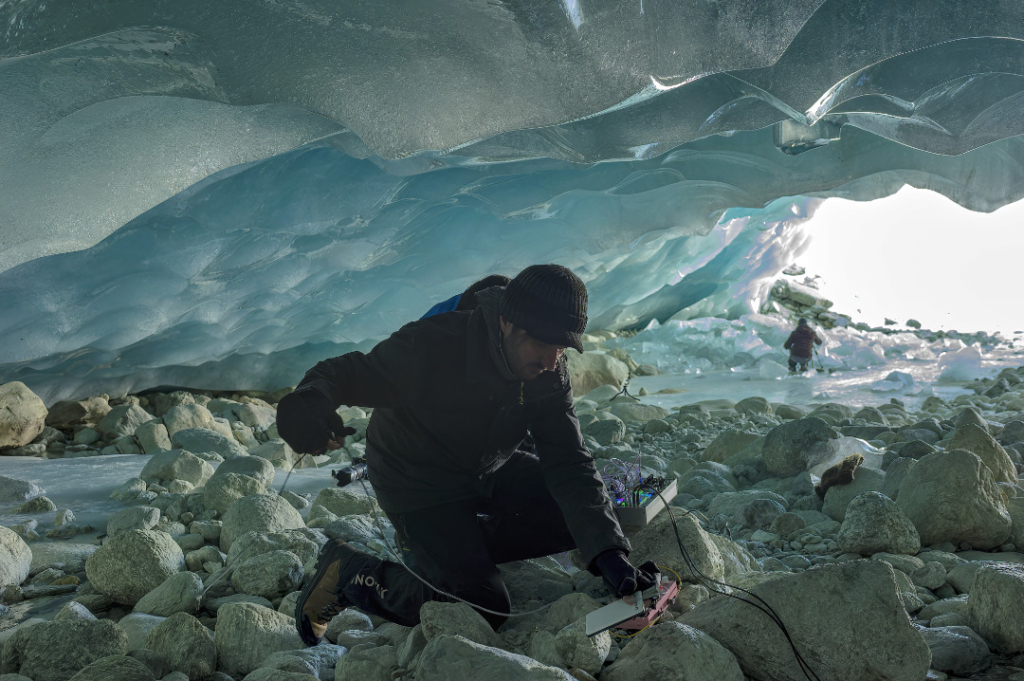
The way in which you describe working on sound design and music simultaneously and then discovering how complementary they both were is very interesting. Most producers tend to think of the processes (making music and sound design) as very different, but one can sometimes inspire the other. Would you recommend blending both of them to other producers, and would you have any recommendations for them on the process of doing both at the same time?
I do believe that working simultaneously on sound design and music composition is highly beneficial. The main reason is that if you ever hit a creative block while composing a track, delving into a sound design session can free your mind and open the door to pure creativity and experimentation.
It’s incredibly liberating, and quite often, after a sound design session, you’ll find yourself equipped with fresh concepts and a solid foundation to either continue or start a new piece. This approach prevents you from starting with a completely blank canvas. For those producers considering blending both processes, I would recommend a few key principles.
First, maintain a flexible workflow that allows you to seamlessly switch between sound design and music composition. This could mean setting up your studio space in a way that facilitates quick transitions between the two activities.
Secondly, stay organized. Keep detailed records of your sound design sessions, including notes on the sounds you create and how you created them. This documentation will serve as a valuable resource when you’re ready to incorporate these sounds into your music.
Lastly, don’t be afraid to experiment and push boundaries. Sometimes the most innovative and unique sounds come from sound design sessions that are purely experimental. So, embrace the freedom to explore and let these sessions inspire your music composition. By intertwining these two creative processes, you can enrich your artistic journey and create music that stands out in its sonic richness and originality.
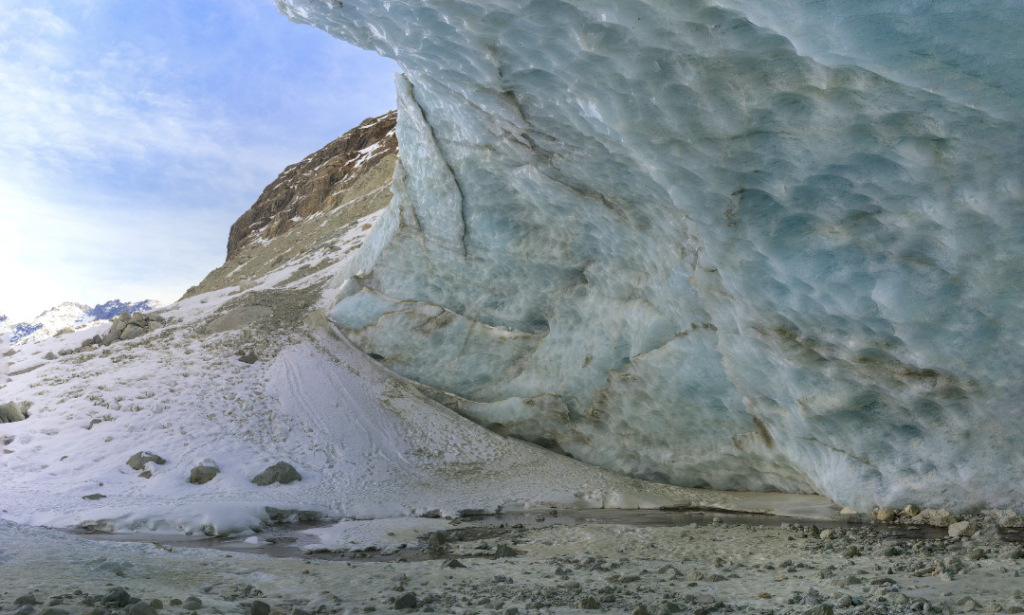
You utilised a few different tools to both capture and process the audio for both the pack and the album. Can you tell us a little bit about the tools you used?
I utilized a pair of Organic Audio “Cjossul” contact microphones/hydrophones in Eurorack format for this project. After extensive research and investigation to acquire the right equipment, these microphones seemed to be the perfect fit for my expectations. They excelled at capturing the raw and natural sounds of the glacier while also enabling me to create new sounds and sonic syntheses directly through my modular synthesizer. These microphones were coupled with my Zoom H6 digital recorder, which provided a compact, portable, and versatile solution to meet all my needs within the glacier environment. The combination of these tools not only delivered the high-quality audio recordings I required but also facilitated the creative process of sound design and music composition in this unique setting.
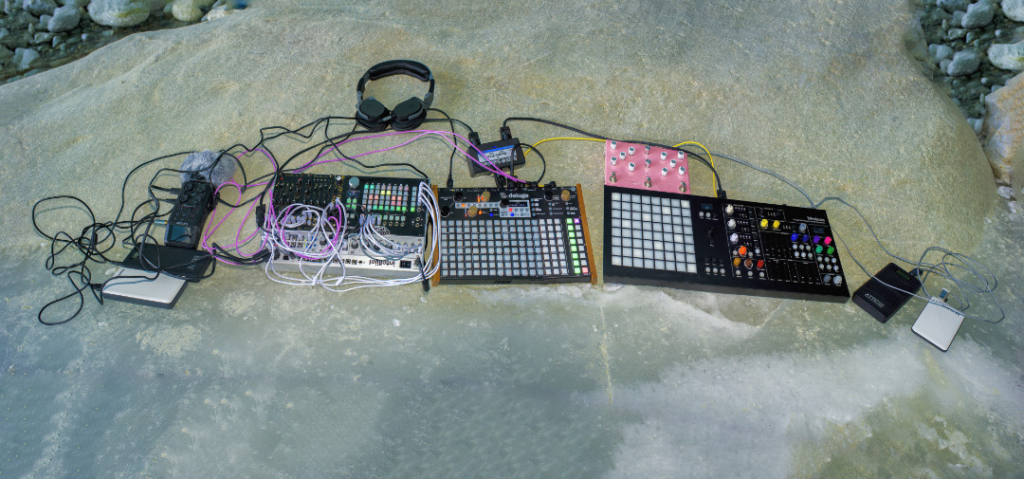
When curating this sample pack and album, did you encounter any unexpected or interesting moments during your recording sessions? Any memorable or surprising experiences you’d like to share with us?
Every moment of that day was filled with surprises and wonder. Never having undertaken a project like this before, I wasn’t entirely sure what to expect, especially whether I could successfully capture all these sounds. There’s so much to say about this project.
What made it even more incredible was hearing it all through headphones, live, with thousands of tons of ice hanging above our heads. It heightened the immersion and wonder. Of course, many of the recorded sounds required significant post-processing to offer usable and enjoyable samples, but the raw experience of being surrounded by the glacier’s sounds was truly unforgettable.
The surprises and the unexpected moments that unfolded throughout the recording sessions were both magical and humbling. It was an adventure like no other, and I’m grateful to have been able to share it through this sample pack and album.
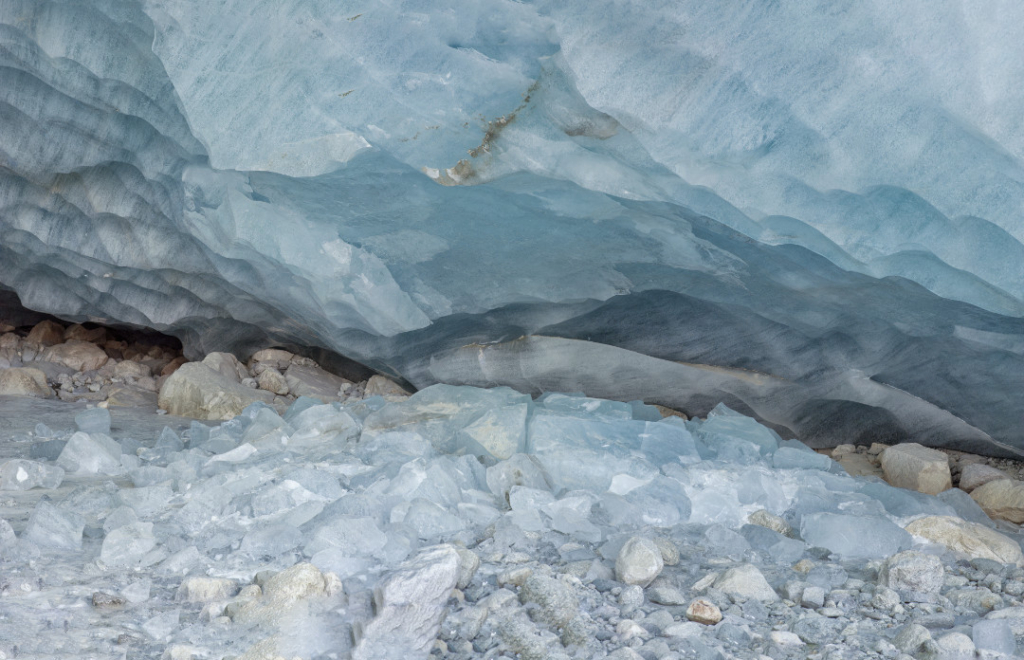
The natural world is changing rapidly, and glacial environments are particularly vulnerable. Do you believe that capturing and preserving the sounds of glaciers through your sample pack has an environmental or educational dimension? Do you envision your work contributing to awareness or understanding of these environments?
When embarking on this adventure, I was well aware that the environmental aspect, particularly the pressing issue of climate change, was paramount. It would have been regrettable not to address this societal concern within this artistic project. I had the privilege of collaborating with Dr. Heïdi Sevestre, a French glaciologist who recently authored “Sentinelle du Climat.” She proved to be the ideal person to help me find relevant information. Dr. Sevestre recommended the “State Of The Cryosphere 2022” report, authored by renowned experts worldwide, providing insights into the state of ice, polar regions, and glaciers.
This resource helped me gain a deeper understanding of the glacier environment and what I would encounter, while also allowing me to anticipate what I needed to record. Furthermore, this report served as a valuable tool to deepen my knowledge regarding the precarious state of glaciers globally, which are experiencing the full force of the consequences of climate change. This album and sample pack represent my modest contribution to raise awareness among listeners about the precarious state of glaciers. Through immersive and contemplative tracks, as well as compositions that are at times poignant and alarmist, I aim to underscore the melting and disappearance of glaciers. This work is intended to raise awareness and a better understanding of the urgency of climate action and glacier preservation, emphasizing the critical environmental dimension of this project.
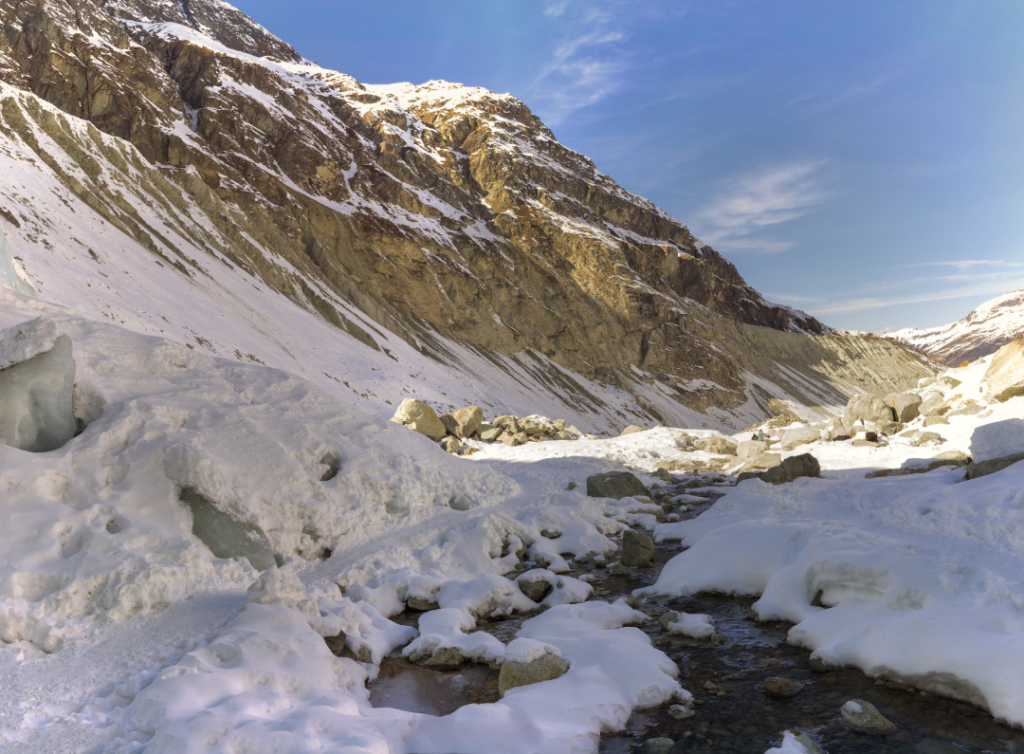
Creating a sample pack requires selecting the best recordings and curating a collection. Were there any personal favorites or particularly challenging decisions in this process?
Indeed, I had to go through a meticulous process of sifting through all the recordings, which included eliminating files with recording errors or those marred by excessive handling noise. However, I managed to retain a substantial amount of material to create a sample pack that is both usable, unique, and fun to use.
My personal favorites among the sounds are undoubtedly the raw glacier recordings and one shots foley. They precisely encapsulate what I set out to find when I ventured to the glacier, and I was not disappointed. Additionally, the sounds of water flowing through the ice, synthesized with resonators, proved to be particularly intriguing. I carefully balanced the original signal with the resonators to craft original and immersive pads. These sounds, along with the pristine glacier recordings, were the highlights of the curation process, adding unique character to the sample pack.
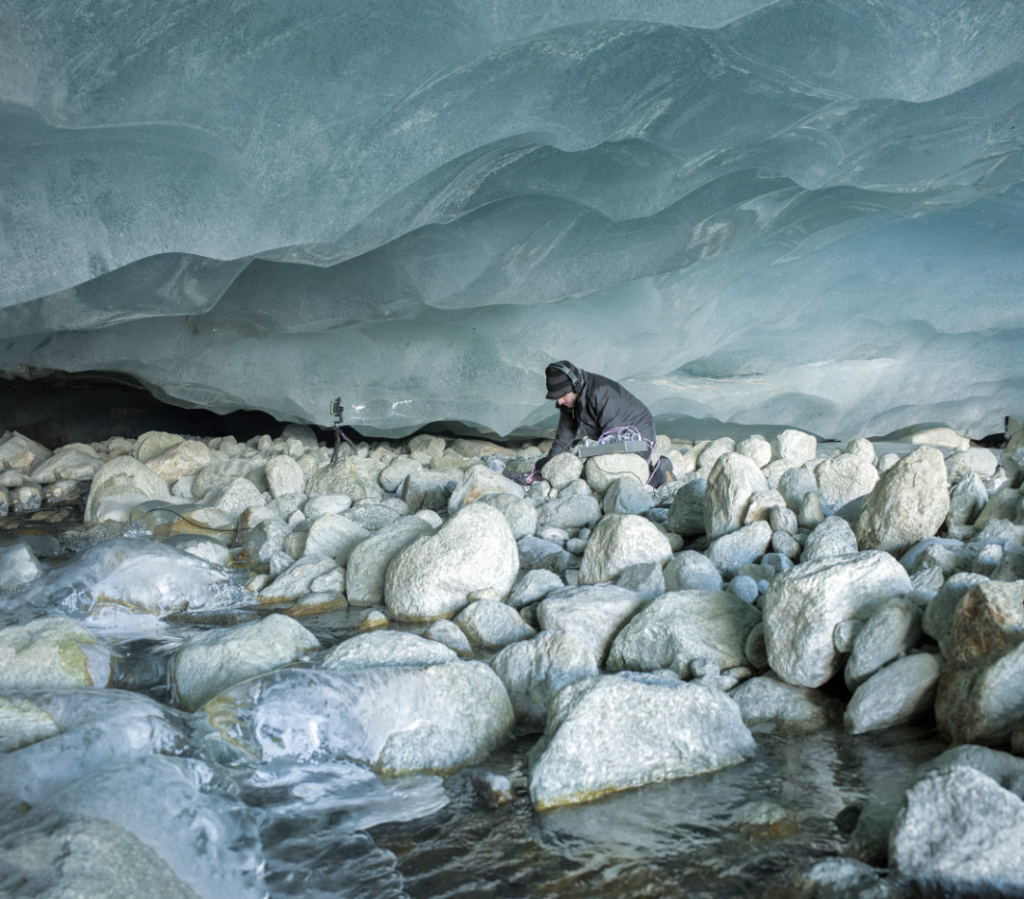
The sample pack “Glaciogenica” is available now exclusively on SoundGhost.
Ghost In The Loops new album “Le Chant de la Glace is available digitally via Mare Nostrum on Bandcamp and also available on Vinyl through Diggers Factory. Check out live performances in the glacier here.

